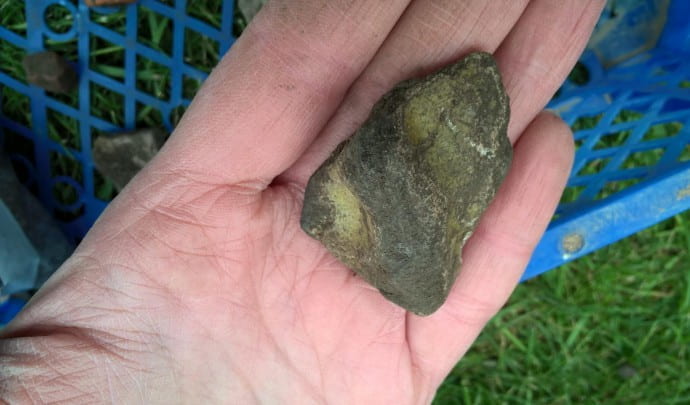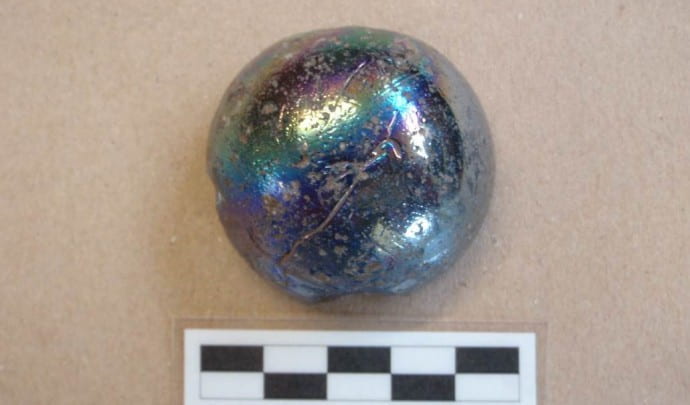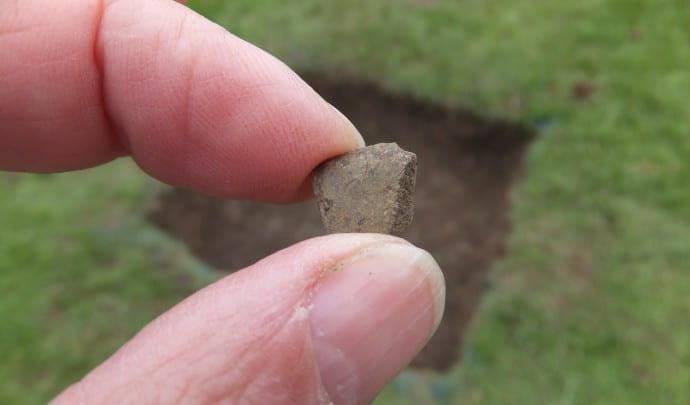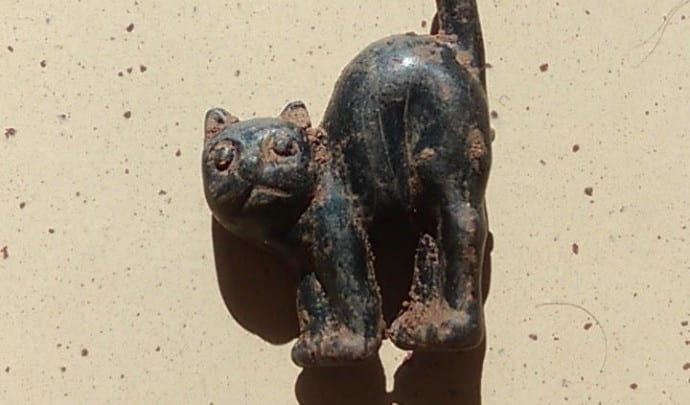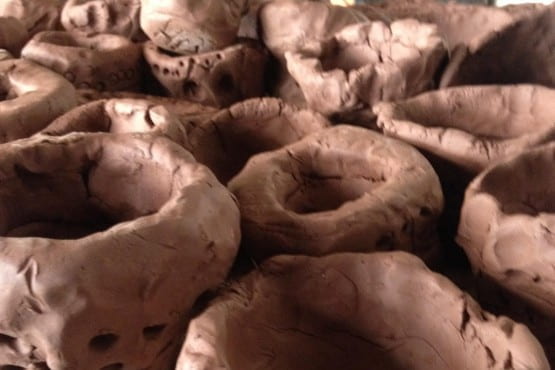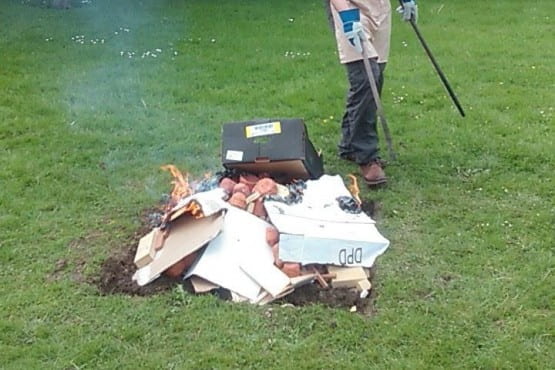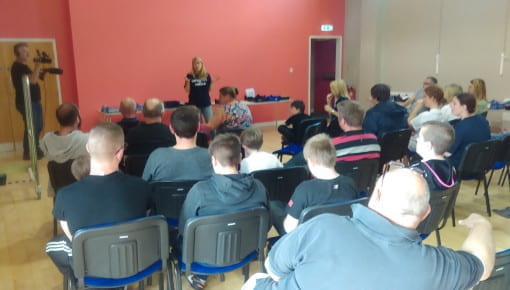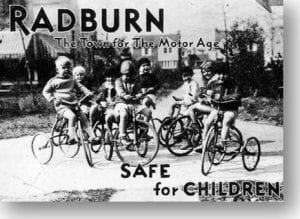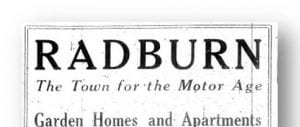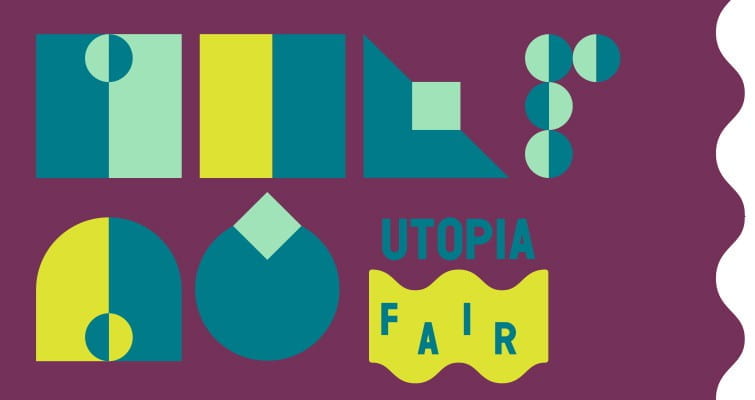About
ABOUT MIDDLEFIELD DIG
The Middlefield dig in Gainsborough is part of a project called Middlefield’s Utopia – finding out about the history of the estate with people who live there.
The project is funded by the Arts and Humanities Research Council and organised by Professor Carenza Lewis and Dr Ian Waites at the University of Lincoln. The project team worked with residents and volunteers in Gainsborough to conduct archaeological excavations on and around the Middlefield estate, to find out about its recent history, and to discover history going further back in time. Our thanks to all those who gave their time and support to make the project possible.
APS Archaeology supported the dig and post-excavation work. The support of housing manager ACIS in Gainsborough who manage the Middlefield estate was vital for the success of the project. Hillcrest Early Years Academy offered the invaluable help of their staff and pupils. Andrew Macdonald provided a pottery workshop for children at the school, where they made and decorated clay pots and watched them get fired in an open pit at the school.
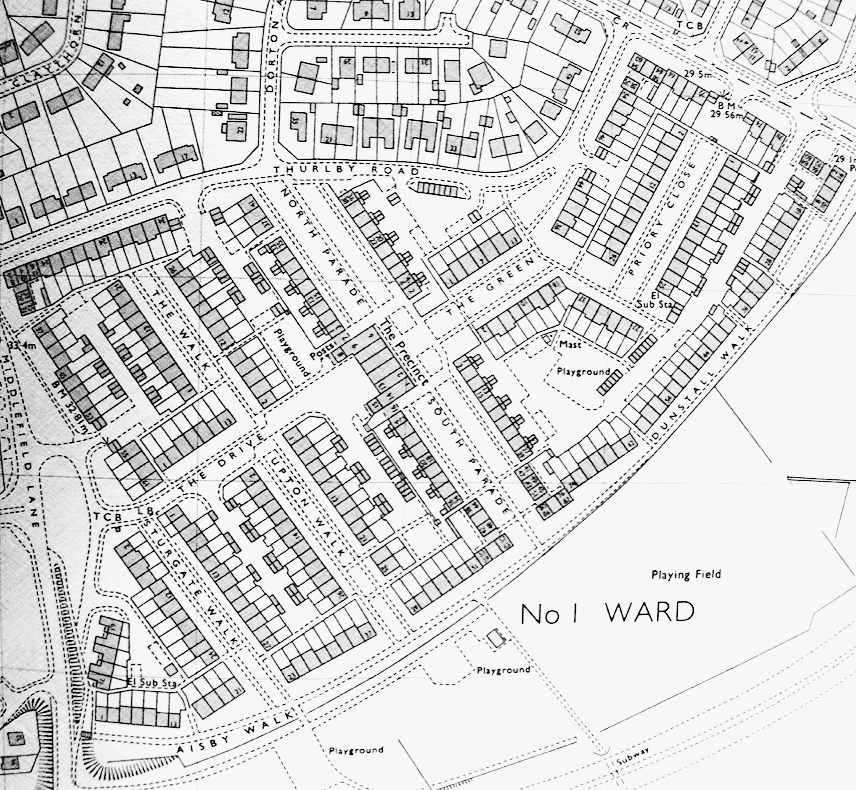
The Middlefield Lane Estate, 1975. © Crown Copyright and Database Right [2016]. Ordnance Survey (Digimap Licence).
WHAT DID WE DO?
The Middlefield dig in Gainsborough is part of a project called Middlefield’s Utopia – finding out about the history of the estate with people who live there.
Digging in Middlefield
Over the course of four days and two weekends, residents and volunteers dug test pits across the Middlefield estate and at Hillcrest Early Years Academy.
Volunteers were invited to an open meeting on the dig and joined a facebook group to find out more.
As a community archaeology and oral history event, residents were involved in hands-on creative activities to find out how Middlefield has changed over time.
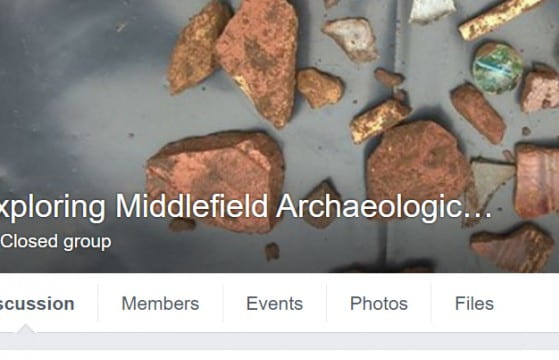
Searching for artefacts
People volunteered their gardens for digging, and, working with specialists from the University of Lincoln, residents of all ages excavated familiar ‘everyday’ spaces dispersed throughout the estate, to hunt for items from the past.
Things they found have been dated as far back as the medieval period.
Pottery making
Children at HIllcrest worked with a traditional potter to create and decorate their own clay pots – based on an Anglo-Saxon style, because of an antiquarian reference to Anglo-Saxon burials on the land where the estate now sits.
Post-ex
Volunteers and those watching the excavations shared their own personal histories, their reactions to discoveries they made, and the impact they thought participating in the project could have on themselves and their community.
At the end of the dig, the community gathered in the Uphill Community Centre, where people were able to view all the finds and hear some of the stories from the dig.
Essential community volunteers
Middlefield residents young and old have been the driving force shaping the dig. They chose where the digs took place by offering spaces for excavation in their own gardens and across the estate, and carrying out the excavations themselves.
In doing this, they have discovered various fascinating artefacts, and created and shared memories of life on Middlefield. Volunteers experiences were recorded in films.

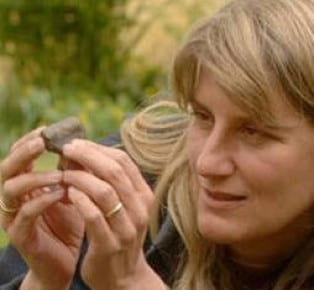
Co-produced community projects
The community digging model used at Middlefield has been well-established by Carenza Lewis, who led the project-lead.
She has co-produced heritage projects that have been inspired, planned and run with local partners in more than 60 communities in eastern England.
She is interested in archaeological creative reconstruction of real and imagined pasts from physical remains.
More to come
It is hoped that films made to record the experience will be shown in Gainsborough in the autumn.
Project reports will soon be published – on the archaeological discoveries and on the project in general.
ExploringMiddlefield
WHY DID WE DO IT?
What is Utopia?
A Utopian society is typically defined as one where people live happily in peace, prosperity and equality. Not exactly heaven on earth, but close…
The word utopia was coined by Sir Thomas More and means ‘no place’ or ‘nowhere’. He used it to name a fictional island society in his book Utopia published in 1516.
Utopia was published exactly 500 years ago.
The word Utopia has been used since to refer to attempts to design ideal communities.

Radburn, New Jersey

Hieronymus Bosch, The Garden of Earthly Delights (c.1510-1515?) (Museo Nacional del Prado, Madrid)
Radburn and Middlefield
Radburn and Middlefield were designed according to these same utopian principles.
Neil Taylor was the architect responsible for the design and layout of the Middlefield estate in Gainsborough. As he was about to start work on planning the estate in 1962, he took his wife to see the Tile Hill estate in Coventry which had also been designed using Radburn principles.
Taylor adapted these plans for the Middlefield Lane estate.
The Radburn Style
What has Utopia got to do with Middlefield? The Middlefield estate was built based on design principles established in America in a place called Radburn, New Jersey.
Radburn was a community designed on utopian principles.
In 1928, work began on a ‘garden city’ at Radburn, New Jersey, the brainchild of Clarence Stein and Henry Wright.
Radburn design principles included separating pedestrians from cars by facing frontages onto pedestrian paths, and nurturing communities by facing housing onto open communal spaces and including community centres, play areas and shops.
TAKING MIDDLEFIELD DIG TO THE UTOPIA FESTIVAL
The project team are contributing to the Utopia Festival being held at Somerset House in London over the weekend of 24-26 June 2016, showcasing what we did in Gainsborough with residents of Middlefield.
The festival theme is ‘Community Futures and Utopias’, which fits in well with the aims of this project. Through the dig and talking to people on the estate, we wanted to explore past visions of the future and the role of the past in community futures. We focused on the post-war council estate to do this, as an example of an overlooked but widespread aspect of 20th century Utopianism. The 1960s Middlefield Lane council estate in Gainsborough has been an ideal case study.
The ideals of this movement in local and central government housing policy, intended to provide good, modern homes for working-class families, were materialized at Middlefield by including features such as a neighbourhood centre with a shopping precinct, maisonette flats for the elderly and a community centre.
Following waning state and local authority commitment, these estates are now commonly perceived as problematic and singularly unprepossessing places to live. Disenchantment has been fuelled by post-modern critiques characterising ‘utopian’ modernist planners as autocratic and unwilling to engage with the ‘reality’ of people’s everyday lives, representing these estates as ‘dystopian’ products of social experiments that were intrinsically unachievable and doomed to fail.
Middlefield is more than fifty years old now, economically disadvantaged and deprived of the shopping precinct that once formed its communal centrepiece.
It is hoped that by exploring Middlefield’s landscape and habitat, the project can help the community build social capital and gain a deeper understanding of the place where they live, and think about how it can be maintained and even preserved, giving resilience to a future currently characterised by a narrative of lack and of austerity.
We wanted to explore utopian theories of history, suggesting that the exploration of the past can ‘actualise’ its potential in the present: that by reconstructing the estate’s past in terms of its history and of how it was originally conceived, the estate can then be ‘reborn into a present capable of receiving it’ (Benjamin, The Arcades Project, 2002, p.302).
Read about the details of the Utopia Festival at Somerset House in our blog post.
Download the Utopia Fair Programme here.
PROJECT TEAM
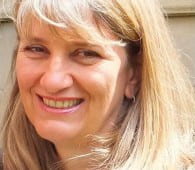
Professor Carenza Lewis is the Professor for the Public Understanding of Research in the College of Arts at the University of Lincoln. She combines research and teaching in archaeology, history and heritage with public outreach, with particular interests in medieval rural settlement, demography and landscape; community archaeology; public heritage; medieval history; and childhood in the past. She is committed to involving members of the public in the research process to the benefit of individuals, communities and academia.
Dr Ian Waites is a Senior Lecturer in the School of Architecture and Design at the University of Lincoln. His research interests include looking at the history of the post-WW2 council estate, and the Middlefield estate in particular – which is where he grew up. He is interested in the design and planning of the estate in relation to ideas of space, sense of place and everyday life. His own childhood memories of the estate during the 1960s and 70s inform this work. Find out more in his blog, ‘Instances of a Changed Society’.
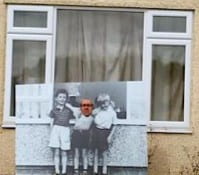

Neil Parker is a Senior Project Officer at APS Archaeology, based in Heckington, Lincolnshire. Neil has extensive experience in field excavation, survey and post-excavation analysis and report production along with desk-based assessments and building recording. His area of specialist interest is medieval agricultural techniques. Neil managed and co-ordinated the community dig for the Middlefield project on behalf of APS Archaeology.
Anna Scott is a Research Assistant in the College of Arts at the University of Lincoln. Anna’s role included researching the background history, heritage and archaeology of the Middlefield site and providing support during and after the dig.

Julie Barclay is the PA to Professor Lewis in the College of Arts at the University of Lincoln. Julie co-ordinated the arrangements for the project and provided support throughout to ensure the project’s success.
PROJECT SPONSORS & PARTNERS

This project was possible through funding from the Arts & Humanities Research Council’s Connected Communities strand.
The AHRC recognised that communities are vital to our lives and wellbeing, and so we need to understand their changing place in our lives, their history and their future.
The results of the project have been exhibited at the Connected Communities Festival 2016 held at Somerset House in London as part of the Utopia 500 Fair.
ACIS provide and manage affordable housing in Gainsborough, including the Middlefield estate. With their permission and support, we were able to dig in public spaces across the estate.
ACIS staff and volunteers also hosted the dig volunteers and residents at the Community Centre on the Park Springs estate in Gainsborough.


The staff and pupils of Hillcrest Early Years Academy supported a series of digs on their site, where children were able to join in the digging.
See more of what the children thought about their experience in the Gallery.
Older pupils were able to have a go at making their own Anglo Saxon-style pot with Andrew Macdonald from The Pot Shop in Lincoln.
Film-making partner Poly-Technic explored and documented how knowledge is found in places and people in this community.
The Poly-Technic is the collaborative arts practice of Steve Pool and Kate Genever. It was established in 2006.
Why Poly-Technic? Poly as in many and Technic as techniques. Poly-Technic asked themselves: what can art do, that’s worth doing? They are dedicated to working with artists, people and organisations interested in change.

The project team would like to thank B&Q in Gainsborough for their help and discount given for tools used on the community dig.

